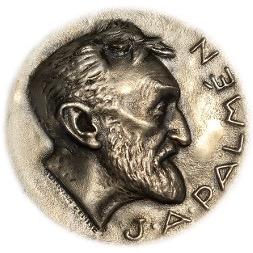Palmén Colloquium - Traces of Linné: The genealogies of Finnish geographers
16 SEPT
Traces of Linné: The genealogies of Finnish geographers
Every doctor has a supervisor or two and, usually, the acknowledgments of a dissertation mention these supervisors. Thus, it is possible to construct scientific family trees, or hierarchical networks, that on a whole start to reveal how a discipline is constructed and conditioned and how old and new ideas are circulated or brought into scientific practice. The Mathematics Genealogy Project has since the 1990s listed such relations of scholars hundreds of years back and has enabled scholars to distinguish “mathematical families”. This paper discusses a charting of Finnish geographers for the past 140 years. While the 19th-century geography in Finland was advanced by scholarly giants AE Nordenskiöld and Z Topelius, the inception of Finnish geography is within plant ecology. The institutional university geography grew from the analysis of the spread of flora and lichen, and plant ecology itself was a ‘leftover’ of fast-evolving medicine. Thus, the first academic seat holder in geography, Ragnar Hult, was supervised by ecologists supervised by physicians, whose ‘lineage’ goes back to natural philosopher Carl Linné. Going through over a hundred dissertations yields information on the origins, institutions, titles, and research areas reveal trends, protégées, successions, transitions, and new branches in Finnish geography and how international trends have contributed to new research ideas. There are elements of difference and repetition in the field, but more than Deleuzian analysis, understanding disciplinary histories allow the geographical community to reflect what geographers do and how they impact science.
Joni Vainikka, Post-doctoral researcher, University of Helsinki, President for the Geographical Society of Finland, joni.vainikka(AT)helsinki.fi
JOIN: TEAMS LINK OR Room 207, at Tieteiden talo, Kirkkokatu 6, Helsinki

